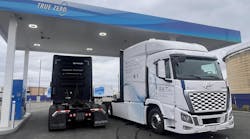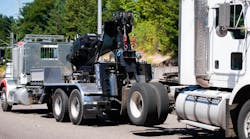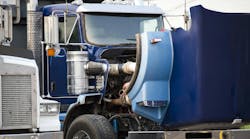“We have progressed significantly with the 2002 Series 60 engine development process,” said John Morelli, vp in charge of the 2002 Engine Program for DDC. “The standard maximum engine speed will remain at 2100 rpm and, depending on rating and application, the fuel economy of 2002 Series 60 engines is now in a range of 2 to 4% less than current engines.”
Morelli said DDC still has a year of development time in front of them, and its goal is to continue improving fuel economy until any difference compared to current ratings is insignificant.
“Soot loading of the lube oil, once considered by some to be a potential problem, is in line with current production engines,” he said. “We had to do a lot of work to get where we are, and we remain committed to do even more work to make sure the Series 60 engine keeps all the advantages that has made it number one.”
The overhead camshaft design of the Series 60 engine allows for the high injection pressure needed to meet the new standards. When higher injection pressure is combined with exhaust gas recirculation and advanced turbocharger technology, the result is a low emissions engine with excellent performance.
DDC is using an Exhaust Gas Recirculation (EGR) system combined with a redesigned turbocharger to meet 2002 emission requirements. DDC said its 2002 engines have been in use for more than a year ago in the stop-and-go transit bus market and it expects some 3,500 of those engines will be running throughout the U.S. and Canada by October of next year.


